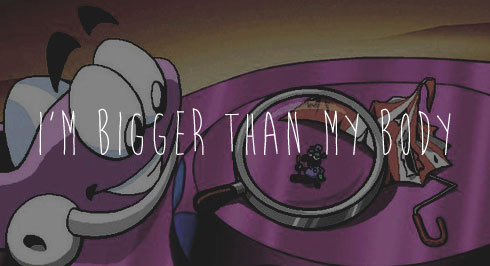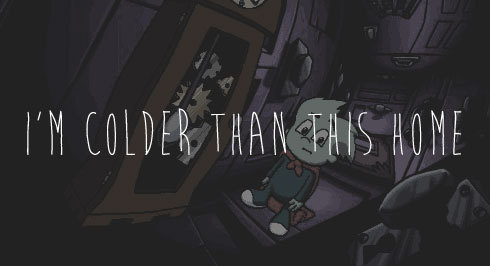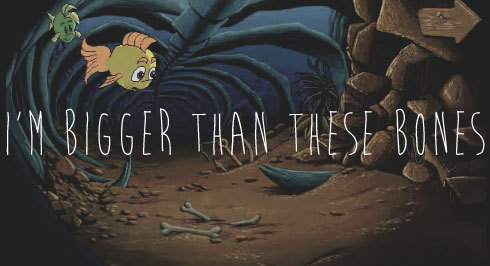Text
first day as a second century warlord i have my men tie branches to their horses’ tails to stir up dust and make it look like there’s a lot of us but i forget it just rained so there isn’t any dust and the enemy can clearly see there’s like twenty of us all spread out in a line
136K notes
·
View notes
Text
first day as a second century warlord i have my men tie branches to their horses’ tails to stir up dust and make it look like there’s a lot of us but i forget it just rained so there isn’t any dust and the enemy can clearly see there’s like twenty of us all spread out in a line
136K notes
·
View notes
Text
okay picture this; i go back in time and find a victorian orphan child. do i blow his mind? do i break his brain? NO!!! i give him warm soft clothes and a hug. he gets me wizard high off what would commonly be used to treat a minor cough in that era. we both eventually contract a deadly illness and then i bring him to the future where we get easily cured of our ailment. i buy him a happy meal afterwards. he’s my good son now. love you son.
122K notes
·
View notes
Text
Guy who is into theology because he wants to build the most toxic, dysfunctional religion on earth. Just the worst most dogshit system imaginable.
35K notes
·
View notes
Text
Please please PLEASE watch this Christmas spot we got in Spain
47K notes
·
View notes
Text
Btw that rule about not trusting how you feel after 4pm in the winter or 9pm in the summer (really we should just say after the sun goes down but whatever) is only about negative feelings. if you are chilling with your best friend drinking hot chocolate and have never felt more loved and safe, that is 100% true and you can and should trust
93K notes
·
View notes
Text
personally I think an underutilized ship dynamic is "this is so ill-advised that we are both aware on some level that it cannot possibly end in anything but a breakup so acrimonious that we'll spend the rest of our lives hunting each other for sport, but we have decided to keep making out with each other anyway."
#or you just keep checking in on each other#just to see#but let's be real here#neither one of you will ever change#so he'll stay a coward#and you'll stay insane#and so it keeps going#and yes this is me blogging in tags once again#because fuckin chris
20K notes
·
View notes
Text
people moving to tumblr from twitter please fucking reblog art likes literally dont do anything except make the artist upset bc they have 2 reblogs and 55 likes
125K notes
·
View notes
Text
one of my favorite tropes is when your group of main characters has been split up for questioning and they’re all answering the same questions in a neatly-spliced montage
283K notes
·
View notes
Text
'love is all we have' well i dont know about you guys but i also have articles and pdfs
31K notes
·
View notes
Text
he did the one thing i asked him to not do: break my heart
0 notes
Text
when people defend the “Cis white guy is default” thing like “He’s meant to be an everyman we can all relate to and project on!” kindly remind them the largest ethnic group in the WORLD is Han Chinese and the highest gender percentage fluctuates so if you want an ACTUAL “default” you want a 40 year old chinese person whose gender changes from year to year.
274K notes
·
View notes










